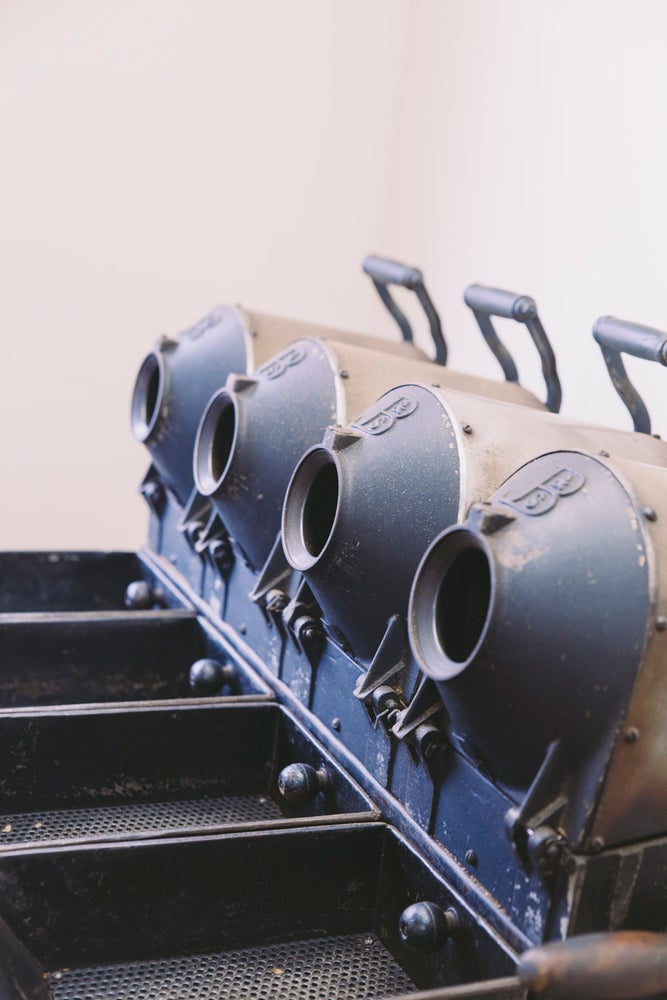From the Lab, Resources for Roasters
Monday, August 2, 2021
In Defense of Blends
Blends need an image overhaul. They’ve developed a bad rap, and I don’t think that’s fair. I feel like blends are getting pushed to the side in favor of single origin/farm microlots and that the predominate conception of blends is as a way to hide bad coffee. But blends aren’t about hiding bad coffee, blending is a skill that’s all about building something that’s greater than the sum of its parts.

Blends were an essential part of my job when I worked as Head of Coffee for a UK-based roaster from 2010 to 2019. Most roasters have at least one blend on offer and many people drink blends, so let’s bring some of the positive attention back to blends.
Blending is a real test of a roaster’s skill in their ability to select and roast coffees. There’s a lot to consider when blending. You need to understand seasonality and be able to maintain the blend’s profile for an extended period of time, even as coffee ages or you run out of specific lots. You also need a lot of roasting skill and experience to roast a blend of different coffees evenly and consistently.
Some of the bad reputation blends get is due to shifting idea of quality and traceability. Right now, the microlot is the gold standard and blends are like the sneaky step-kid. But traceable doesn’t always mean better. In fact, blends can often be more sustainable. While top scoring lots are exciting and sexy, they aren’t typically the majority of a producer’s harvest. Blends enable us to purchase most or all of a producer’s harvest, rather than just the top scoring lots. This contributes to more sustainable livelihoods for producers.
On top of that, blends can be traceable. There’s nothing that says you can’t list the coffees that go into a blend. And with new technology, like the blockchain enabled Farmer Connect project, we can make it easier than ever to share information about each of the coffees that went into a blend.
Any discussion of the benefits of blends wouldn’t be complete without a few tips of what we think helps make a great blend. It often takes weeks to get a blend right, but here are a few of things I’ve learned, first as a roaster, and now as a trader, that can help you nail your blend in no time.
Most successful blends have a clear brief. The more detail you can give your trader about the expected results, the better. Before you begin, determine what’s most important and what you want your blend to accomplish, prioritize these points: is price most important? Flavor? Use? How long do you want to run it for? I don’t think you can go into too much detail about what you want, as long as you don’t get too hung up on each item. Once you’ve set your brief, take time to understand each component of the blend. By understanding each part, you can build them together like a flavor jigsaw.
It’s time to bring blends back and start seeing them for the knowledge and skill – and good coffee – it takes to make them. Sucafina traders are here to help you hash out the specifics of your blend. Get in touch for more information.
About the Author: Sam Langdon, Green Coffee Merchant Sucafina Europe.